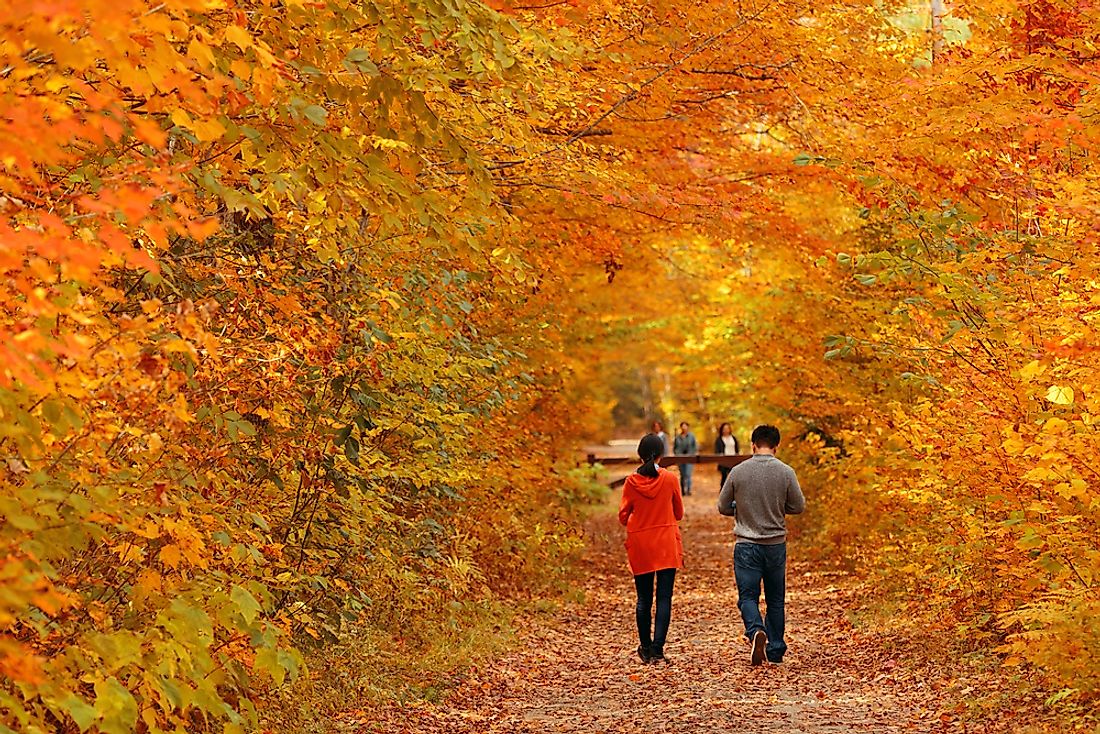The Ethnic Composition Of The Population Of Vermont

Vermont, also known as the Green Mountain state, is a constituent state in the United States of America located in the northeastern region of the country. It is one of the six states of New England admitted to the union on March 4, 1791 as the 14th state. Vermont is the sixth smallest and the second least populous of the 50 states. Its capital Montpelier is the least populous of all the capital cities in the US. As of August 2018, the total population is estimated at 623,960, which a decline from the last census in 2010. The population of Vermont comprises of 93% White, 2.01% Hispanic, 1.86% Native Americans, and 1.2% African American people.
Ethnic Composition Of Vermont
For thousands of years, Native Americans comprising of the Mohawk and the Algonquian-speaking Abenaki lived in Vermont for the better part of its history. In the late 18th century, France claimed Vermont as one of its colonies before ceding it to Great Britain. At the time, New York and New Hampshire disputed about the extent of the area called the New Hampshire Grants, which is present-day Vermont. To end the dispute both governments granted land titles to white settlers from Great Britain, who in 1777 established Vermont as an independent state following the American Revolutionary War.
Today, 93% the population in Vermont comprises of white Americans of European ancestry who arrived in the country from the mid-19th century. The first phase of immigrants comprised of Irishmen, who were hired during the construction of the railroad in 1848. Many of their descendants are distributed in Burlington, St. Albans, and Rutland. With the constriction of the railway line, French Canadians from Quebec arrived in 1900 as wood millers settling in Winooski. They were then followed by Italians who brought with them traditional stone carving and quarrying culture and settled in Barre where there are granite mines. They were joined by Welshmen from Spain who settled in the slate mines of Montpelier area. Immigrants from Poland settled in the industrial town of Brattleboro and Springfield where they established industries. African Americans also migrated from the South.
Demographic Trends
Vermont’s population has been declining since the last census. The decline is attributed to the shrinking labor force due to emigration by young Vermonters. The current median age of the workforce is 42.3, which is the highest in the US. Combining these factors with the low birthrate and little migration leads to a slow growth in the population. Settlement patterns centered on ski areas of the Green Mountains have raised environmental concerns due to urban sprawl. The National Trust for Historic Preservation listed Vermont as the eleventh most endangered state threatened by human settlement.
It is interesting to note that Vermont is the least religious state in the US with only 23% of the population being considered to be affiliated to religion. In addition, the state has the highest rate of divorce cases in the country.
The Ethnic Composition Of The Population Of Vermont
| Rank | Ethnicity | Population (%) |
|---|---|---|
| 1 | White | 93 |
| 2 | Hispanic | 2.01 |
| 3 | Native American | 1.86 |
| 4 | African American | 1.2 |











